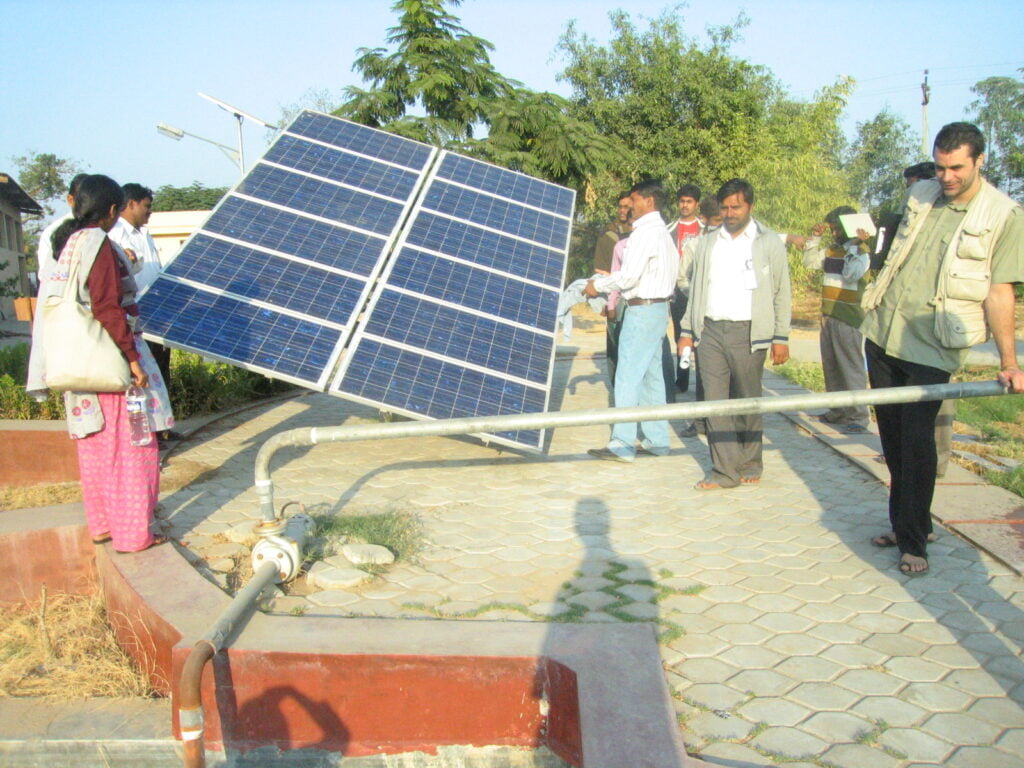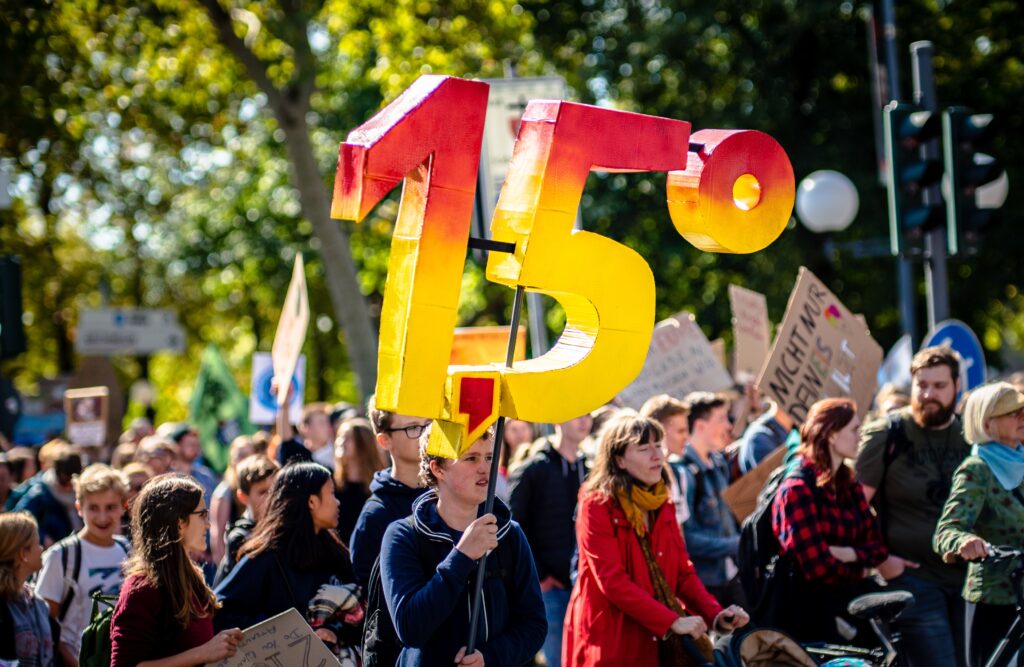As the world uses natural resources faster than they can be replenished, India looks to a future of renewable energy.
 India has good sunlight creating a vast opportunity for solar power : Ajay Tallam, Flickr CC 2.0
India has good sunlight creating a vast opportunity for solar power : Ajay Tallam, Flickr CC 2.0
As the world uses natural resources faster than they can be replenished, India looks to a future of renewable energy.
Whether we’re running a country or a household, we always need to spend within our budget. The Earth also has a budget – the ecological budget, where income and expenditure take the form of natural resources. Like every budget, the Earth’s is limited. Today, humans are using the resources replenished by one year of the Earth’s natural processes in only seven to eight months.
Earth Overshoot Day is the date by which all of the Earth’s ecological resources and services for the year are consumed. This year, it falls on July 28. According to a report from advocacy group Global Footprint Network, Earth Overshoot Day was on December 25 in 1971 and has been creeping earlier each year. Currently, humans are consuming 1.7 times the resources the Earth can replace in one year. By 2030, humans will require the resources produced on two Earths. In the Indian context, the country will require 2.5 times more natural resources to meet its demand by 2030.
Overexploitation of resources by a growing population has reversed the demand-and-supply relationship. Even if its birth rate continues to decline, India is projected to be home to around 1.51 billion people by 2030. India has lower per-capita consumption of natural resources than many countries, but overshoot occurs due to its high population and limited resources. India has about 18 percent of the world’s population, while its land, forest and clean water make up a meagre 2.4, 2 and 4 percent of the world’s respective totals. Represented as land area, the natural resources available to sustain people in India take up 0.5 hectares per person, while consumption is around 1.1 hectares per person.
According to the Global Footprint Network report, overfishing, indiscriminate deforestation and excessive carbon-dioxide emissions are the main reasons for the Earth’s overshoot. The Earth cleans the atmosphere by absorbing carbon dioxide. The report finds the natural resources needed to scrub carbon dioxide from the atmosphere make up about 60 percent of the total ecological footprint. One hundred and fifty years ago, the human carbon footprint was negligible.
The world relies heavily on carbon dioxide-releasing fossil fuels to meet its energy demand. According to the BP Statistical Review of World Energy, about 61.74 percent of electricity demand in 2021 was from fossil sources. About 78.5 percent of electricity in India comes from fossil fuels, followed by renewable sources (19 percent) and nuclear sources (2.5 percent). Coal has the largest share (44 percent) of India’s electricity supply.
India ranks third in global electricity generation and consumption. The energy sector in India is the largest greenhouse-gas emitter. According to the GE Gas Power report, although greenhouse-gas emissions from the energy sector in India are more than the global average, they have declined – mainly due to the shift in government policy towards renewable energy since the 2015 Paris Agreement. With a total installed capacity of more than 160 gigawatts in March 2022, renewable-energy-generation capacity has increased about 400 percent in the past nine years.
Electricity demand is expected to grow at 5 percent each year over 2018–40, and India has rich potential for renewable-energy sources such as solar, hydro, wind and biomass. As a tropical country, India receives plentiful sunlight. According to the National Institute of Solar Energy, if the country installed solar on just 3 percent of its degraded land areas, its solar-energy potential would increase to 750 gigawatts.
The National Institute of Wind Energy has estimated that the country has about 700 gigawatts of wind-energy potential at 120 metres above the ground. About 230 million tonnes of surplus agricultural residues are produced every year in India, representing 28 gigawatts of electricity-generation potential. The country also possesses more than 7,500 kilometres of coastline for tapping tidal, wave or offshore wind energy. In short, India has the renewable resources to meet its current and future energy demands.
By 2050, India can achieve a net-zero carbon footprint by reducing emissions from the energy sector and deploying renewable energy quickly and strategically. India is very much on track to achieve 175 gigawatts of installed solar-power capacity by 2022 and 500 gigawatts of non-fossil electricity by 2030. The Government of India also has various initiatives such as the National Clean Air Programme, Bharat Stage-VI vehicle-emissions regulation, the National Action Plan on Climate Change and the UJALA scheme to promote energy-efficient light globes.
Overconsumption of the Earth’s resources means anything consumed after July 28 is debt borrowed from the Earth’s future. If it is not slowly repaid, exhaustion of the existing resources on Earth will put human existence in danger. The Global Footprint Network report suggests that if we make Overshoot Day later by five days every year from now until 2050, the resources produced by the Earth will be enough for human consumption. This means natural-resource efficiency and energy conservation are essential. Only then can this Earth continue to support life for all.
Abhijeet Anand is a senior research fellow at the Centre for Rural Development and Technology at the Indian Institute of Technology Delhi. Presently, he is pursuing a PhD in the field of carbon capture and sequestration for sustainable development. His research interests include the thermochemical conversion of biomass, carbon sequestration, life cycle assessment, and energy system modelling for sustainable development.
Priyanka Kaushal is an associate professor at the Centre for Rural Development and Technology at the Indian Institute of Technology Delhi. Her research area includes biomass-to-energy (torrefaction, pyrolysis, gasification), SYN gas and poly-generation (CHP, Bio-SNG, FT-Fuel, hydrogen enrichment), valorisation of agriculture residues through various biochar applications, and assessment of technologies for climate change mitigation. She has worked at the interface between clean energy technology, society, and climate change for the last eighteen years. The authors declare no conflict of interest.
Originally published under Creative Commons by 360info™.













